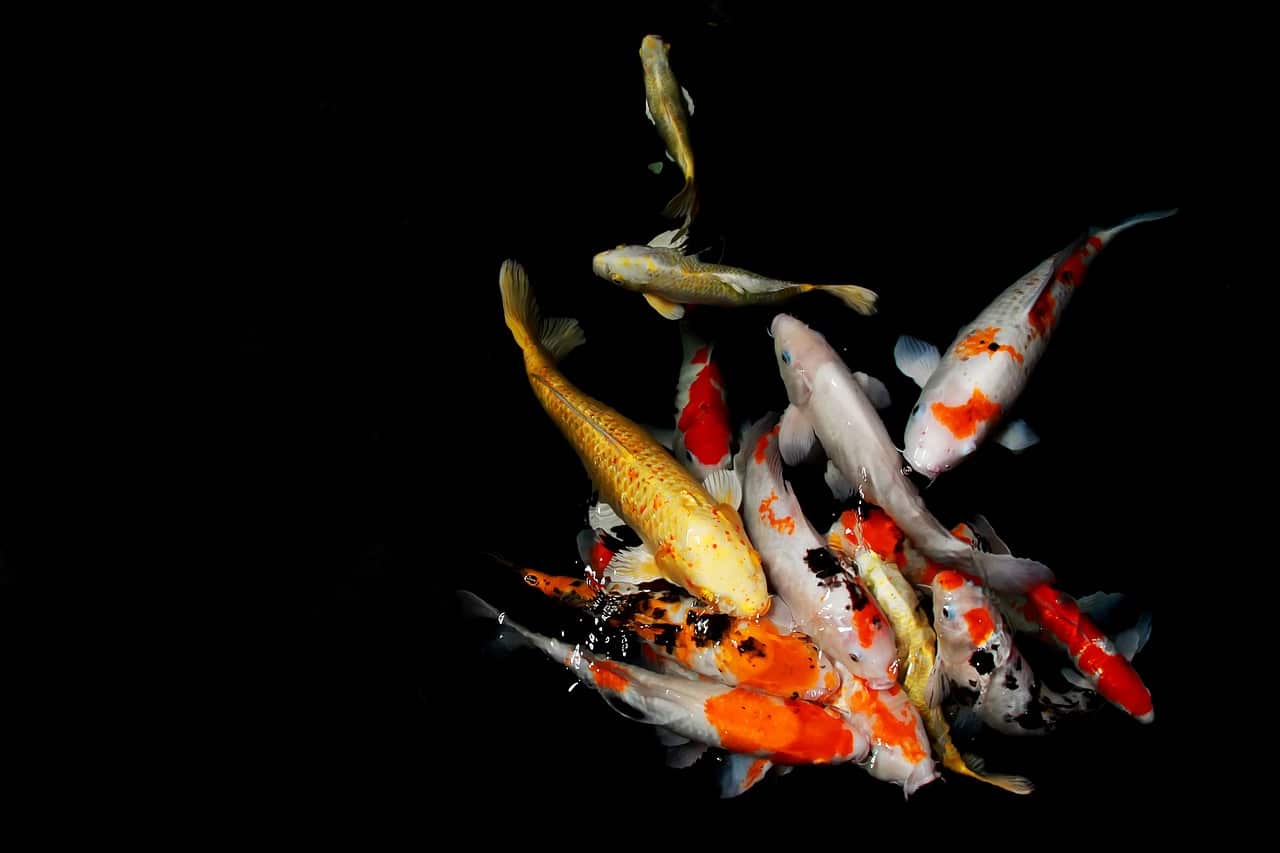What strategies can be employed to incorporate sustainable fishing practices in waterfront real estate developments?

The waterfront is an essential part of many communities, serving as a hub of economic activity and a source of local identity. The fishing industry, in particular, has long been a staple of waterfront communities, contributing to local economies and shaping cultural practices. However, overfishing and environmental damage have raised serious concerns about the sustainability of this industry. As a result, there’s an increasing emphasis on finding ways to incorporate sustainable fishing practices into waterfront real estate development projects. Herein, we will discuss the various strategies that can be employed to integrate sustainable fishing practices into waterfront real estate developments.
Incorporation of Sustainable Fishing Practices into Waterfront Development Projects
Waterfront development projects provide an opportunity to promote sustainable fisheries while also revitalizing local communities. By incorporating sustainable fishing practices into these projects, developers can help ensure the long-term viability of local fisheries, support community livelihoods, and contribute to larger sustainability goals.
Also read : Basics of investing in index funds
One strategy is to design waterfront developments that accommodate the needs of local fishermen. This means providing adequate facilities for fishing vessels, including docks, processing areas, and storage facilities. These facilities should be designed to minimize environmental impact, using materials and construction methods that reduce pollution and conserve resources.
In addition, waterfront development projects can include features that support the health of local fisheries. For example, developers can create artificial reefs or oyster beds that improve water quality and provide habitat for fish and other marine life. They can also incorporate stormwater management systems that prevent pollutants from entering the water and damaging fish habitats.
Also to read : How can real estate developers use crowdsourcing to involve future residents in the design and planning process?
Developing a Sustainable Fishing Community
A sustainable fishing community is one that balances the needs of the fishing industry with those of the local community and the environment. A waterfront development project can contribute to this balance by incorporating features that support the local fishing industry while also promoting community involvement and environmental stewardship.
Such features could include public fishing piers, where local residents and visitors can engage in responsible recreational fishing. This not only provides a source of enjoyment and education for the public, but also promotes a culture of respect for the marine environment and sustainable fishing practices.
Another strategy is to support local fisheries through economic incentives. For example, waterfront developments can include markets where local fishermen can sell their catch directly to consumers. This supports the local economy and promotes sustainable fishing by providing a market for locally caught, sustainable seafood.
Leveraging Data for Sustainable Fishing
Incorporating sustainable fishing practices into waterfront real estate development isn’t just about physical infrastructure. It also involves using data and technology to support sustainable fishing practices.
For instance, developers could partner with local fisheries and research institutions to collect and analyze data on local fish populations. This data can help inform management decisions and ensure that fishing activities are sustainable. Developers could also incorporate technology like sensors and monitoring systems into their projects, helping to track fish populations and environmental conditions in real-time.
Moreover, this data could be made public, providing a valuable resource for local fishermen, researchers, and policymakers. This transparency could also help build public trust and support for sustainable fishing practices.
Future-proofing Waterfront Developments
Looking to the future is an essential part of any real estate development project, and waterfront developments are no different. Given the challenges facing the fishing industry, it’s vital that waterfront developments are designed with the future in mind.
This means considering the potential impacts of climate change, such as rising sea levels and changes in fish populations. Developers should work with climate scientists and local communities to understand these potential impacts and design projects that are resilient to them.
At the same time, waterfront developments should be flexible enough to accommodate changes in the fishing industry. For example, if a local fish species becomes depleted, the development should be able to support other types of fishing or alternative economic activities.
Promoting Public Awareness and Engagement
Finally, waterfront development projects can play a key role in promoting public awareness and engagement around sustainable fishing. This can involve educational initiatives, such as displays or exhibits about local fisheries and the importance of sustainable fishing practices. It can also involve community engagement events, such as fishing tournaments or seafood festivals, that celebrate local culture and promote sustainable fishing.
In addition, developers can work with local schools and educational institutions to incorporate sustainable fishing into their curriculums. This can help cultivate a new generation of responsible fishermen and women, ensuring the future sustainability of the industry.
In conclusion, waterfront real estate developments present an opportunity to incorporate sustainable fishing practices, supporting the economic, environmental, and social sustainability of local fishing communities. By employing these strategies, developers can contribute to the revitalization of waterfront areas, the preservation of local heritage and the promotion of sustainable economic development.
Ensuring Regulated Fishing Practices
Regulation is a crucial factor in maintaining the sustainability of fishing practices in waterfront developments. These regulations can be in the form of catch limits, seasonal closures, gear restrictions, and fishing area restrictions.
Developers can work in tandem with local fishing regulatory bodies to ensure these stipulations are enforced. For instance, they can invest in surveillance technology like drone monitoring and tracking systems to ensure fishers comply with the set rules. They may also set up physical boundaries, like buoys, to mark restricted areas.
Educational programs can also be established to inform the fishing community about the relevance of these regulations and the underlying reason for their implementation – ensuring the sustainability of the fishing industry. By understanding the importance of these rules, fishermen are more likely to comply willingly.
Furthermore, developers should advocate for stringent penalties for those who flout these regulations. The fear of punitive measures can deter fishermen from engaging in unsustainable fishing practices. Penalties can range from fines to licenses suspension, depending on the severity of the offence.
Encouraging Alternative Livelihoods
While it’s crucial to promote sustainable fishing, it’s also important to consider alternative livelihoods for local communities, particularly during periods of fish scarcity or seasonal closures. Developers can create spaces within waterfront developments that can be utilized for other economic activities.
One option could be to establish local markets or shops that sell products made from non-endangered marine species. These could include items like oyster shells or seaweed products. These markets could provide a sustainable alternative income stream for those in the fishing industry and promote marine biodiversity.
In addition, developers can create spaces that can be used for recreational activities like kayaking, boating or diving. These activities can attract tourists and provide additional sources of income for the local community.
Training programs can be set up to equip the locals with the necessary skills needed for these alternative livelihoods. This not only diversifies the local economy but also reduces the pressure on fish populations, contributing to the overall sustainability of the waterfront community.
Conclusion
With the right strategies in place, waterfront real estate developers can play a pivotal role in promoting sustainable fishing practices. By ensuring regulated fishing practices, promoting public awareness, providing alternative livelihood options and leveraging data for sustainability, waterfront developments can help preserve fish populations for generations to come.
While these strategies require investment, the resulting benefits – economic stability, environmental protection, and cultural preservation – make it a worthwhile undertaking. After all, the long-term success of waterfront developments hinges on the sustainability of the fishing industry. Therefore, developers must be proactive in integrating sustainable fishing practices into their projects, for the betterment of both the environment and the local community.
